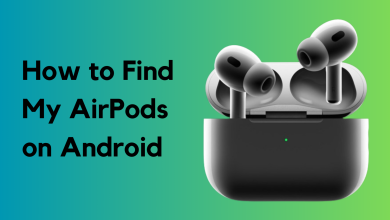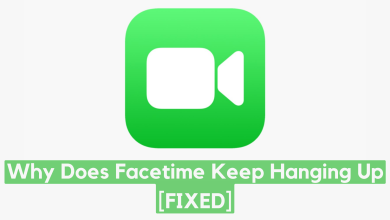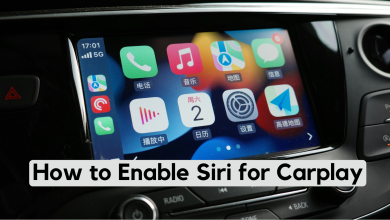How to Implement iOS In-App Purchase in WebView
You are developing an app and want to allow users to buy extra features or content right inside the app. A common way to do this is through WebView, which lets your app display web content directly. But in the case of apps built for iOS, Apple has strict rules about making payments in apps.
In this guide, we will cover what WebView is in app development, how in-app purchases work in WebView, and why iOS developers prefer it.
We’ll also discuss Apple’s policies on these purchases, the reasons behind these rules, possible ways to include in-app purchases in WebView, their effectiveness, and what happens if Apple finds out about any workaround.
What is WebView in app development?
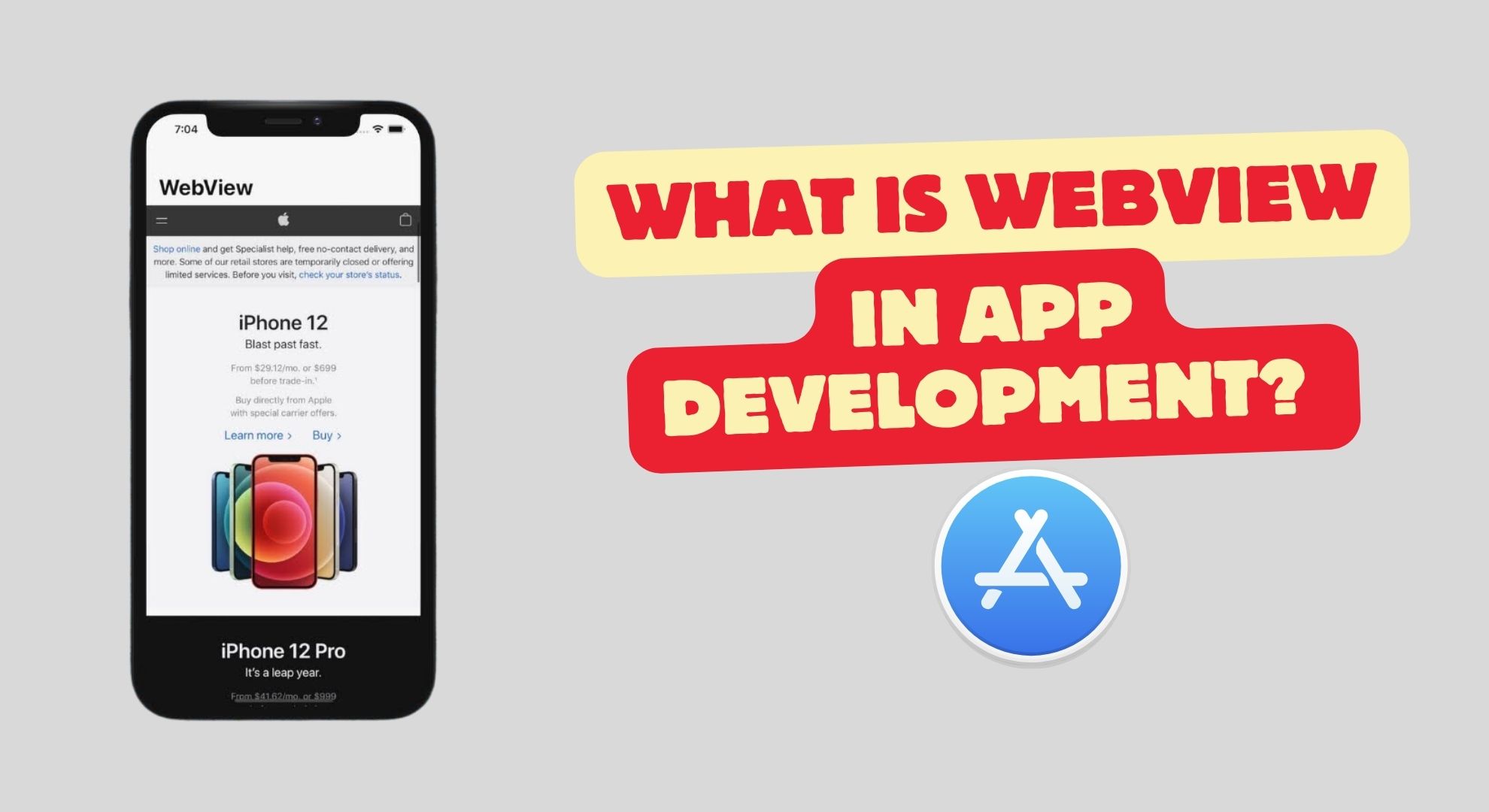
WebView in app development is a component that acts like a mini web browser inside your mobile app. It allows apps to display web content directly within the app interface without opening a separate browser.
Developers use WebView to show web pages, such as help sections, user agreements, or even in-app purchase options, perfectly combining web content with native app elements to enhance the user experience.
What is in-app purchase in WebView?
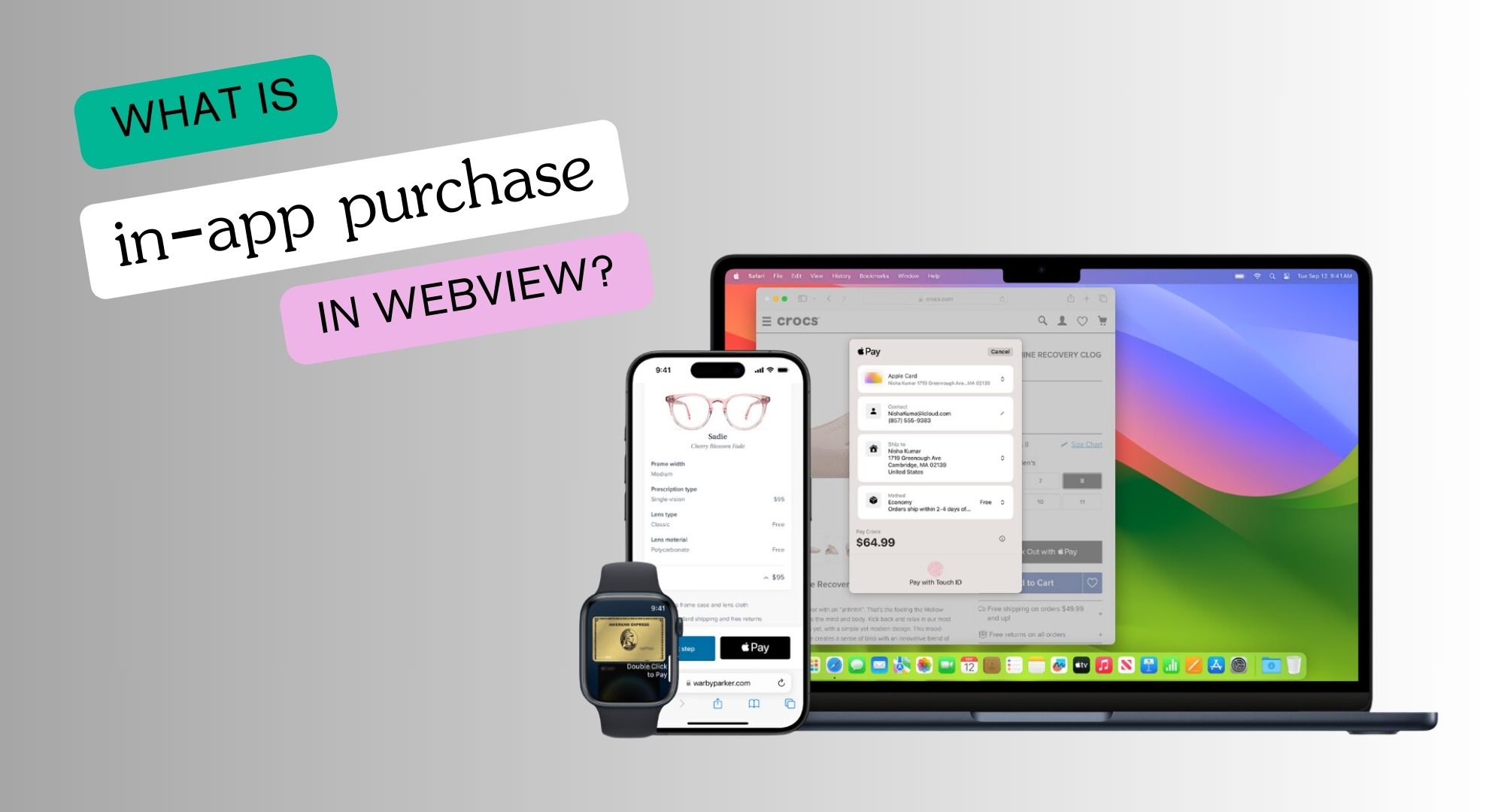
In-app purchases are a way to sell digital content or services within your app. Think of them as a virtual store where users can buy new features, access premium content, or get other digital goods to enhance their app experience.
When discussing making these purchases through WebView, we refer to a specific method of presenting these opportunities. WebView can show web pages without leaving the app, making it possible for users to shop or subscribe to services.
On the other hand, native in-app purchases are built directly into the app using the systems and tools provided by the platforms (in this case, iOS). This fully integrated method is designed to work within the app’s interface and follows all the rules Apple sets. For users, buying something natively feels smooth and secure because it’s part of the app they’re using.
Why do iOS developers seek WebView for in-app purchases?
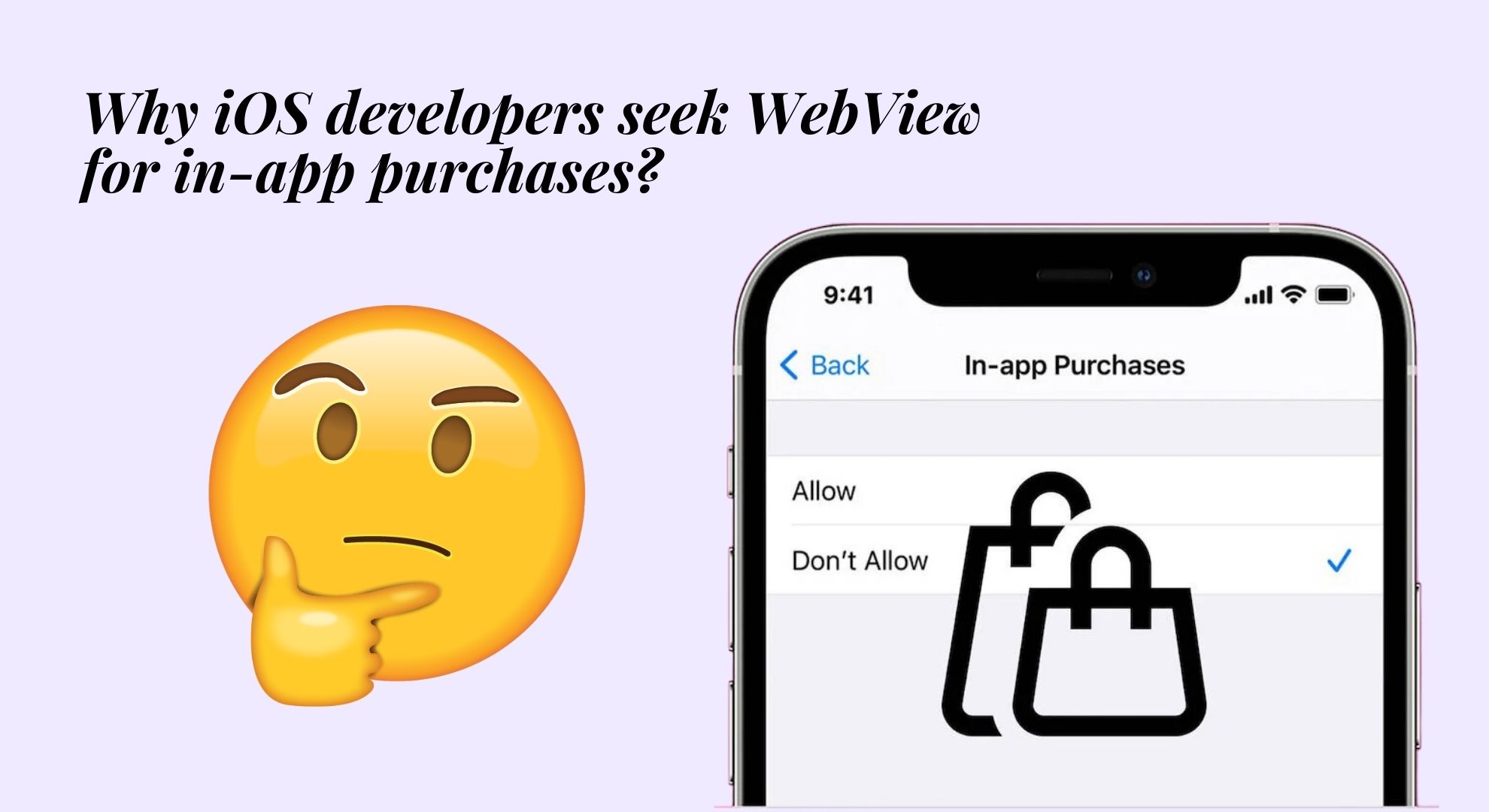
For several reasons, developers often look to add WebView for in-app purchases in iOS apps. First, there’s the financial aspect. Apple charges a 15–30% commission on all in-app purchases made through its native system. By using WebView to handle transactions, developers hope to avoid or reduce these fees, potentially keeping a larger share of their revenue.
Secondly, developers seek more flexibility and control over the purchase experience. WebView allows them to customize the look and feel of the purchase process far beyond what’s possible with Apple’s native in-app purchase system.
This customization can include branding elements, additional information fields, and unique payment options, providing a tailored experience that better aligns with the app’s design and functionality.
Does Apple allow in-app purchases in WebView?
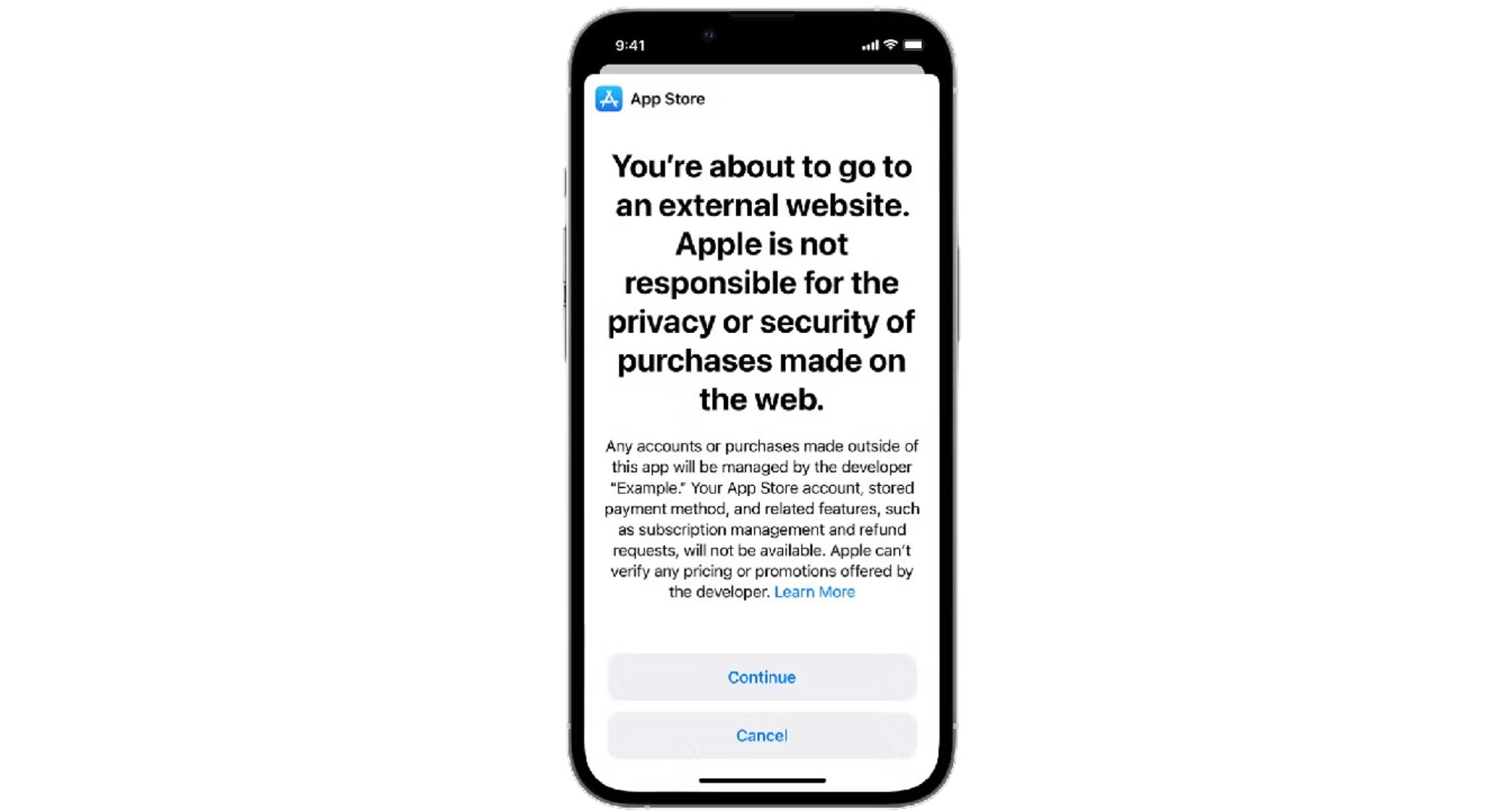
Apple maintains a clear stance regarding in-app purchases (IAP) through WebView: it’s not allowed. According to Apple’s App Store Review Guidelines, specifically section 3.1.1 In-App Purchase, developers must use Apple’s native IAP system to sell digital goods and services within their apps.
This policy ensures transactions are secure, consistent, and integrated within the iOS ecosystem, providing a smooth experience for users. The guidelines state that if an app offers content, subscriptions, or features that need to be unlocked or purchased, this must be done through Apple’s IAP mechanism.
This system automatically handles the transaction process, from billing to the distribution of digital goods, and applies Apple’s privacy and security standards. By requiring the use of its IAP system, Apple aims to protect users and maintain the quality and integrity of the app ecosystem on its platform.
↪ Understand the reasons behind Apple’s restrictions
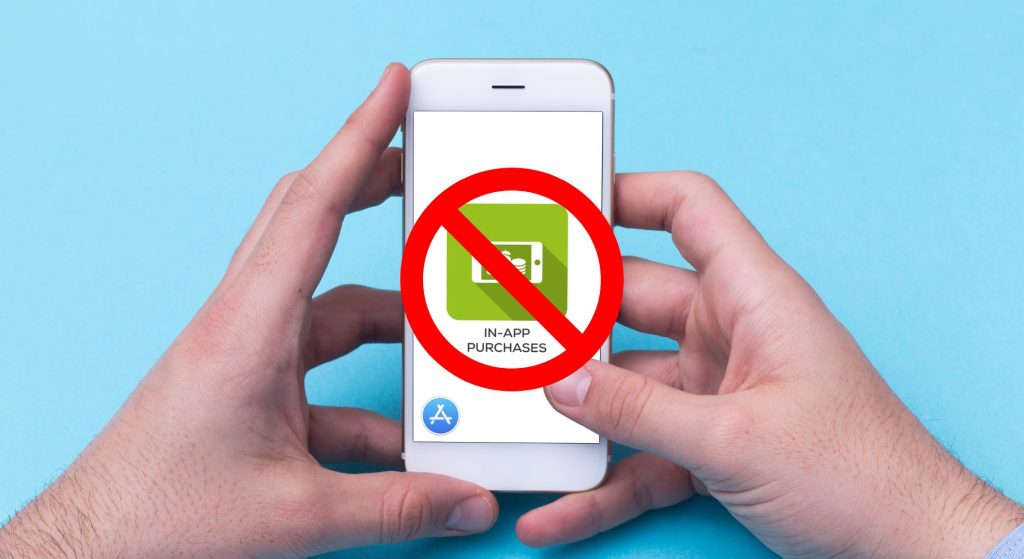
Apple’s restrictions on in-app purchases, particularly its prohibition of WebView for transactions, are grounded in several key concerns:
1. Security
Apple’s strict rules on in-app purchases primarily ensure user security. The native system guards against fraud and data breaches, securing sensitive information like credit card details through encrypted transactions.
2. User experience
Apple’s guidelines center on ensuring a smooth user experience. The native purchase system integrates within apps, offering consistent, interruption-free transactions that maintain user trust and app flow.
3. Ecosystem integrity
Apple’s policies also aim to uphold the ecosystem’s quality and reliability. By mandating the use of its in-app purchase system, Apple can enforce its standards across all apps, ensuring a safe, high-quality platform for both users and developers.
Allowed payment methods by iOS
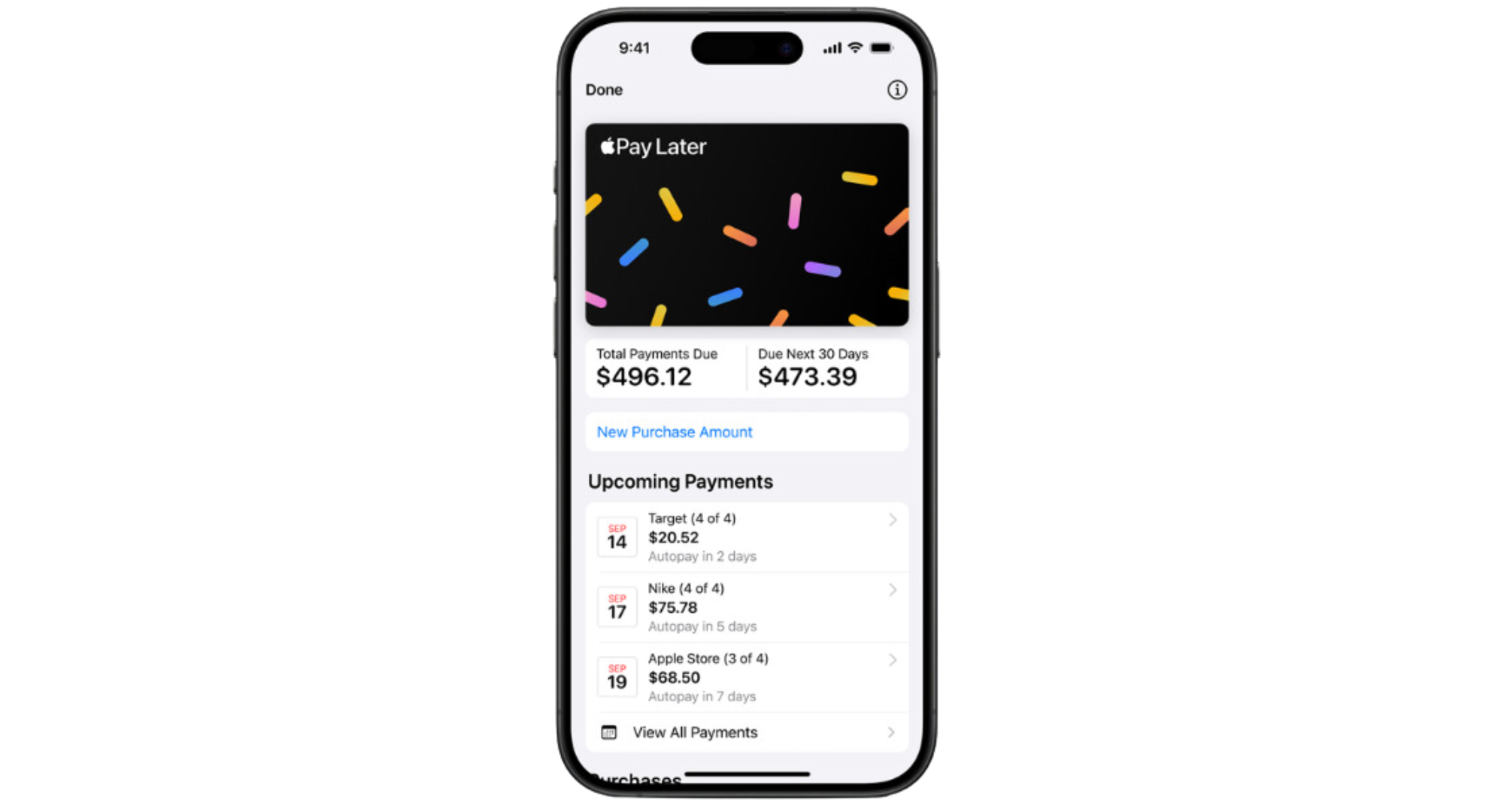
In iOS, Apple differentiates between digital and physical goods and services regarding allowed payment methods. This distinction ensures both security and flexibility across various types of transactions.
1. Digital goods and services
For digital goods and services—like unlocking premium app content, subscribing to digital magazines, or purchasing virtual currency—developers must use Apple’s in-app purchase system. This approach guarantees that all digital transactions are processed securely and consistently, offering users a smooth and integrated purchasing experience within the app.
2. Physical goods and services
Developers can implement alternative payment methods when it comes to physical goods and services—such as ordering physical products, booking real-world services, or buying tickets for events.
This can include various payment processing options outside of Apple’s in-app purchase system, like credit card payments, Apple Pay, or third-party payment gateways. The key here is that these transactions relate to goods or services used or consumed outside the app, thereby not directly affecting the app’s digital content or experience.
Workarounds for adding iOS in-app purchase in WebView

Developers often explore strategies to steer around Apple’s strict in-app purchase requirements, especially the demand to use Apple’s system for digital transactions. These workarounds are widely discussed in developer communities, including platforms like Reddit.
While some developers report temporary success, these methods come with significant risks and potential consequences. Here’s a closer look at some of these strategies:
1. Directing Users to a Web Browser
This workaround involves prompting users within the app to complete their purchase in an external web browser. For example, a button or link in the app might open the user’s default web browser to a webpage where the transaction can be completed.
The goal is to bypass Apple’s in-app purchase system and associated fees by processing payments through the developer’s website or a third-party payment processor.
While this method avoids Apple’s fees, it disrupts the user experience by taking users out of the app environment. Itrisks violating App Store Guidelines, which could lead to app rejection or removal.
2. Subscription Services Outside the App
Developers sell a subscription service on their website or another platform outside the iOS app. Users purchase there and then log into the app with their account to access the subscription content or features.
By selling subscriptions outside the app, developers aim to retain a more significant portion of the revenue by avoiding Apple’s commission.
This method relies on users completing transactions outside the app, which can be a significant barrier to conversion. If Apple determines that the app is designed primarily to bypass in-app purchases, it can face similar consequences as other workaround methods.
3. Embedding web content via WebView
Developers embed web content directly into the app using WebView, creating an in-app web experience for making purchases. This strategy attempts to offer the best of both worlds: maintaining the in-app experience while processing payments in a way that bypasses Apple’s fees.
This approach closely follows Apple’s guidelines. While technically, the transaction occurs within a WebView inside the app, it may still be seen as an attempt to avoid the in-app purchase system. The effectiveness of this method is conditional on Apple’s review process, and it carries the risk of app removal if deemed in violation of the guidelines.
Consequences if your workaround gets caught
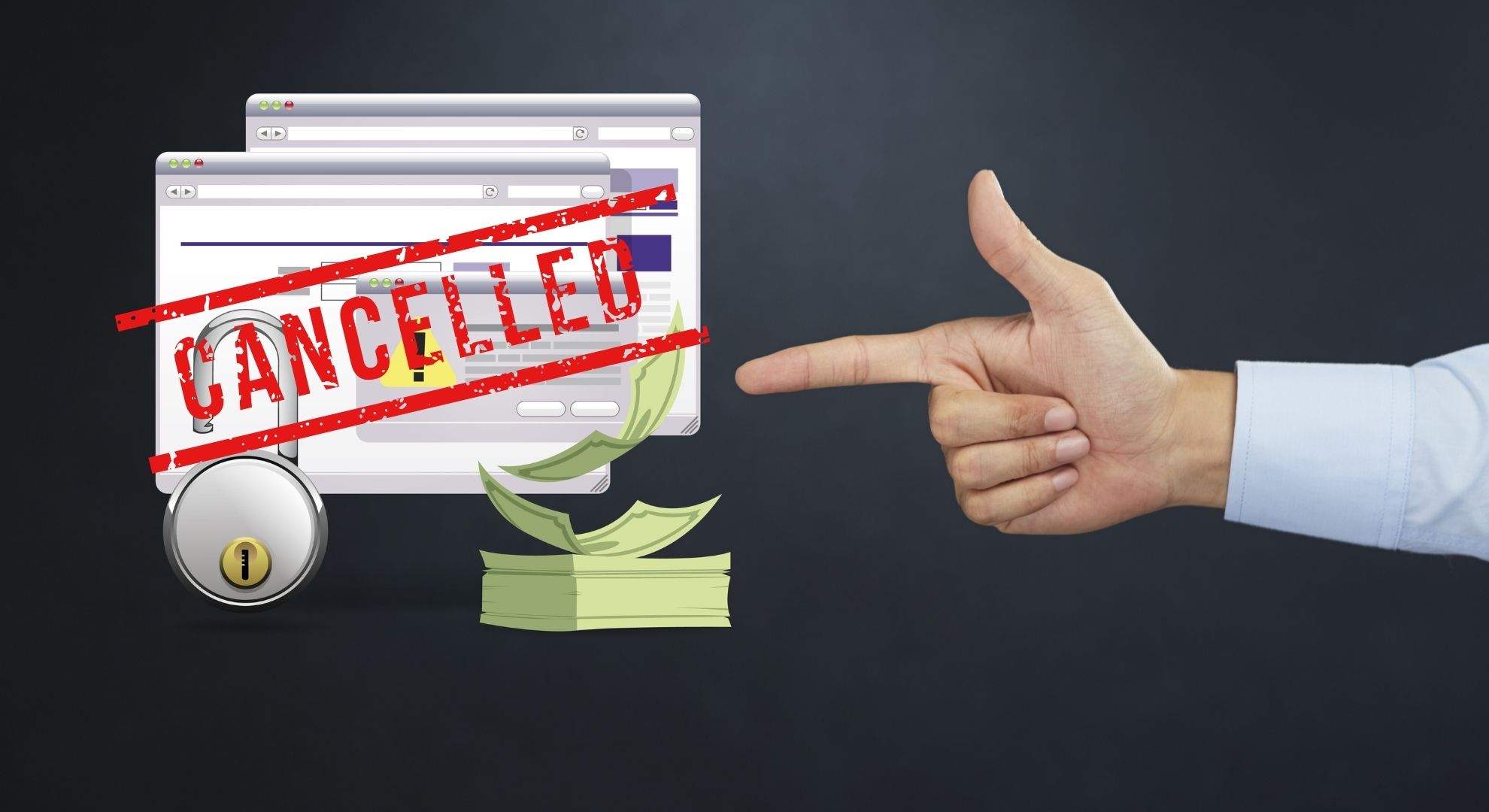
Apple’s policies are transparent and strictly imposed. Any attempt to sidestep these rules carries significant risks. The possible outcomes go beyond just losing money; they can impact every part of a developer’s current and future activities on the App Store. Here’s a breakdown of what’s at stake:
- Immediate app removal: If Apple finds that an app bypasses its IAP system, it can remove the app from the App Store without warning. This action instantly cuts off access to millions of potential users, effectively any future downloads or updates.
- Developer account suspension: Developers who repeatedly violate Apple’s guidelines or commit a severe breach may have their developer accounts suspended. This affects the app in question and impacts the developer’s ability to manage or update any other apps.
- Financial loss: Besides losing revenue from app sales, developers found bypassing the IAP system may face financial penalties. Apple could demand repayment equivalent to what would have been its cut of the transactions processed outside the IAP system.
- Brand damage: App Store removal for violating guidelines can damage a developer’s reputation. The trust and credibility built with users over time can quickly be lost, impacting the app and the developer’s other projects and future activities.
 Reviewed by
Reviewed by 
